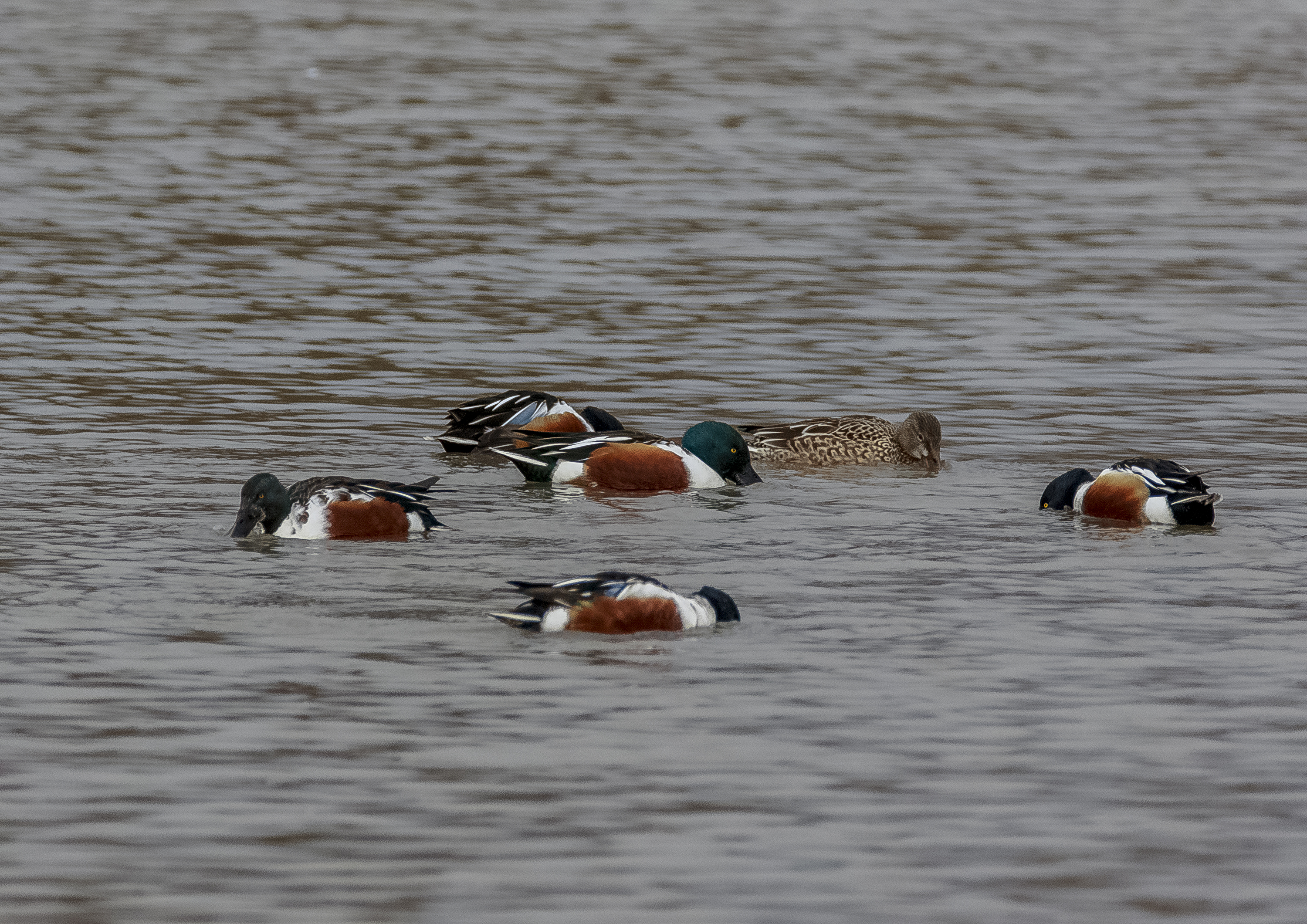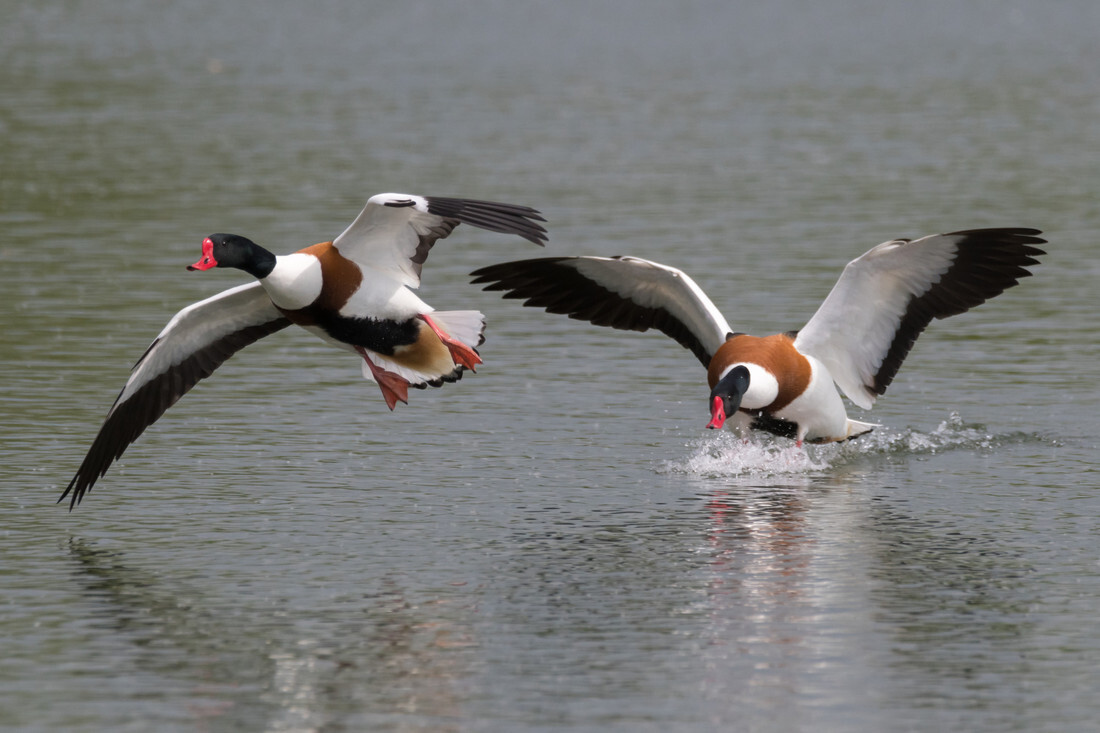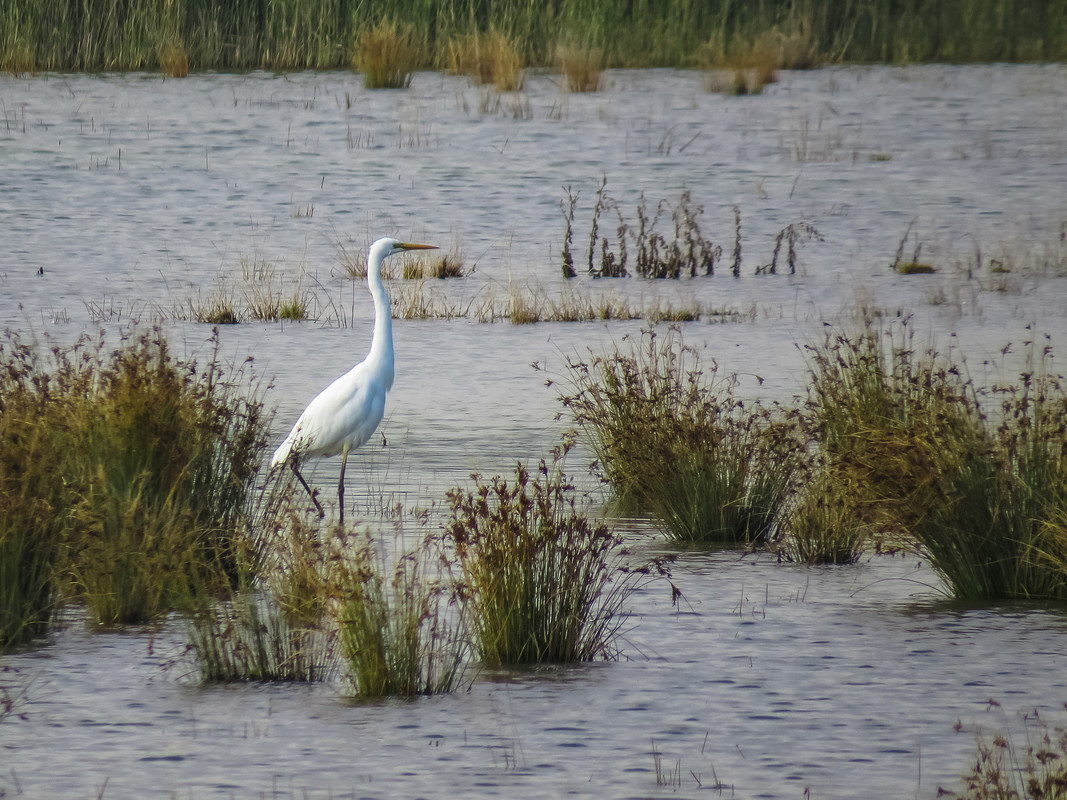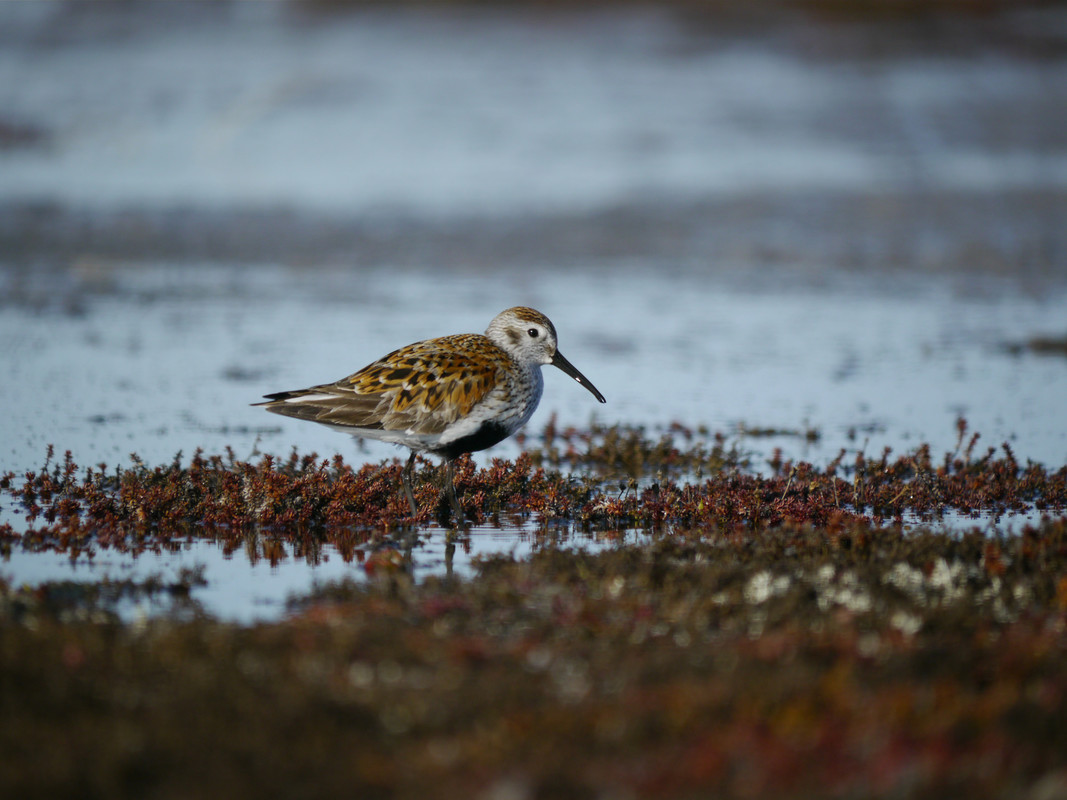Wildlife sightings for 15th April 2018
1 Wheatear - grazing marsh (p.m)
2 Yellow Wagtail - flew over N (p.m), marsh
1 Pheasant - grazing marsh (p.m). Flew across from a reservoir lagoon island
7 Redshank - wader scrape
1 Jack Snipe - wader scrape
2 Pintail - grazing marsh
1 Shelduck - wader scrape
8 Snipe - wader scrape, grazing marsh
4 Sedge Warbler - reedbed, main lake, sheltered lagoon
2 Reed Warbler - wildside, South route
8 Blackcap - sheltered lagoon, South route
3 Willow Warbler - sheltered lagoon
5 Chiffchaff - South route, wildside, sheltered lagoon
April bird highlights: Common Scoter, Goldeneye, Jack Snipe, Curlew, Dunlin, Black-tailed Godwit, Redshank, Little Ringed Plover, Green Sandpiper, Bittern, Caspian Gull, Glaucous Gull, Mediterranean Gull, Yellow-legged Gull, Peregrine, Red Kite, Buzzard, Marsh Harrier, Hen Harrier, Short-eared Owl, Redstart, Black Redstart, Ring Ouzel, Water Pipit, Yellow Wagtail, Sedge Warbler, Reed Warbler, Lesser Whitethroat.
Winter bird report: The flooded marsh over the winter attracted Caspian Gull, Iceland Gull, Mediterranean Gull, Water Pipit, Stonechat (4-6), Dunlin, Wigeon (120+), Shoveler (80+), Teal and Gadwall. The marsh was lowered a little at the start of March to expose some muddy areas for waders and dabbling ducks. Snipe responded quickly and could be seen feeding across the field (>20 birds on some days). Other exciting early spring visitors included Spoonbill, Dunlin, Curlew, Black-tailed Godwit and Redshank.
A nationally important count of 5 Jack Snipe was recorded regularly on the wader scrape, coming out to feed on the mats of cut Purple Loosestrife most days. By mid-March Lapwings were displaying across the scrape and marsh, setting up territories and starting to scrape out nest sites.
After the first wintering Bittern was found mid-October, numbers peaked at 4 birds December/January. Birds were feeding all along the main lake reed and sedge-fringed shores.
Other winter birds (November-Feb) included Firecrest, Short-eared Owl, Hawfinch, Great White Egret, Bearded Tit, Ring Ouzel and Green Sandpiper.
Flowering plants: (March-April) Snowdrop, Marsh Marigold, Blackthorn, Lesser Celandine, Wood Anemone, Bulbous Buttercup, Thale Cress, Hairy Bittercress, Common Whitlowgrass, Parsley-piert, Wild Cherry, Cowslip, Primrose, Dove’s-foot Crane’s-bill, Petty Spurge, Mediterranean Spurge, Common Field Speedwell, Ivy-leaved Speedwell, Sweet Violet, White and Red Dead-nettle, Dandelion, Groundsel, Colt’s-foot, Butterbur, Garden Grape Hyacinth, Fritillary, Summer Snowflake, Wild Daffodil, Grey Willow, Goat Willow, Purple Willow, White Willow, Crack-willow, Osier, Black Poplar, Aspen, Silver Birch, Field Wood-rush, Annual Meadow-grass.
Amphibians: first Marsh Frogs calling (April 6th) on the entrance lake.
Butterflies: Red Admiral (early Feb), Small Tortoishell and Peacock (March 23rd), Brimstone, Comma and Small White (April 5th).
Other insects: Bee-fly, European Orchard Bee (Seen mating April 5th. First record for UK), Early Mining Bee, Clark’s Mining Bee.
Reptiles: Juvenile Common Lizards by WWF and Dulverton hides, and 20+ Slow worms across all refugia on the reserve (April 7th). Male Grass Snake found in wildside (April 14th).



